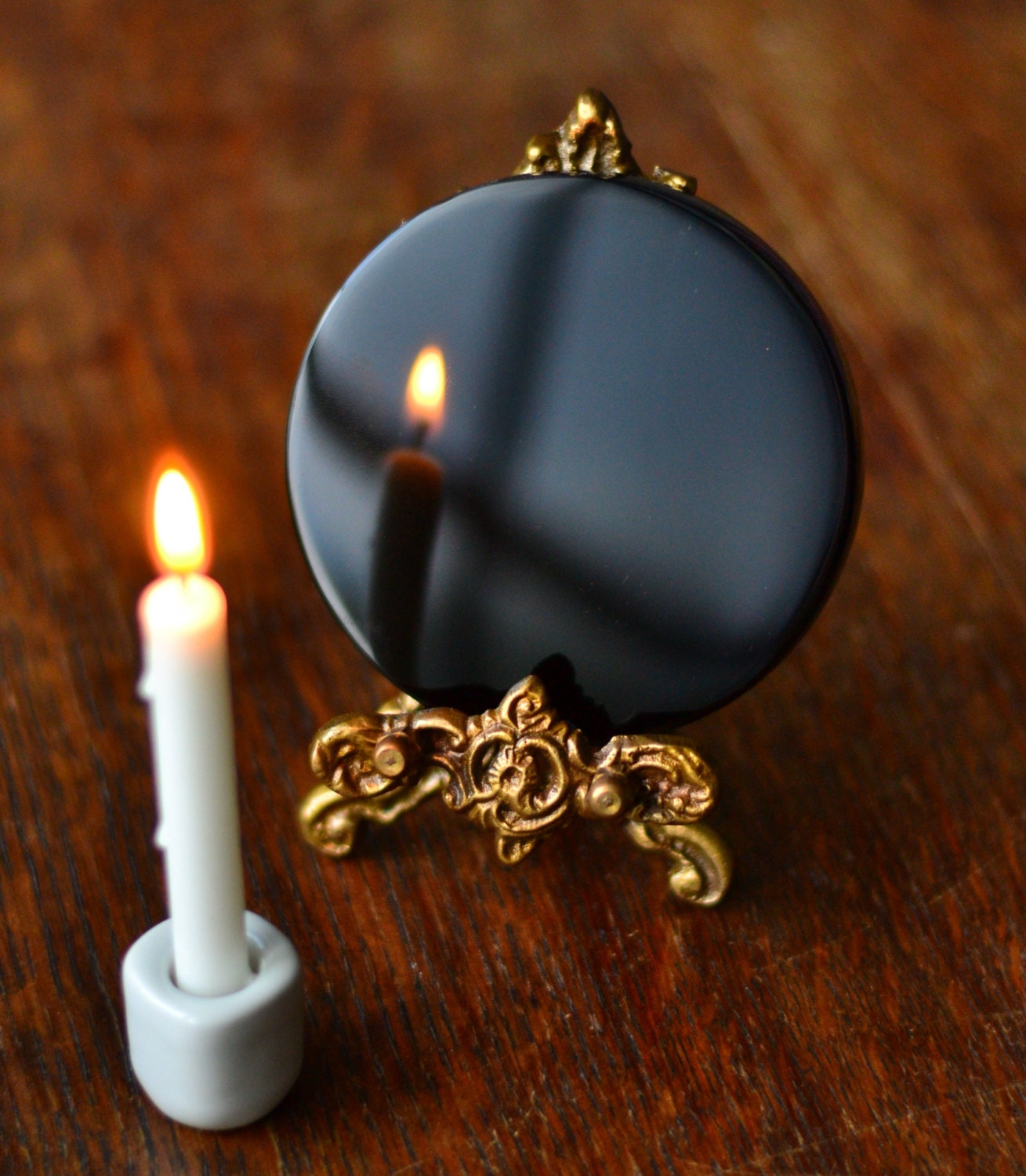
I think, because of that, it's a particularly fascinating object. It's got its own biography and its own impact in the world. "So, it now sits in the British Museum as an occult artifact. When colonizers brought those mirrors to Europe, they also transplanted the idea that mirrors could be used to peer into the future or contact other worlds, he explained.Īfter Dee acquired his mirror and began using it for magical rituals, "it gained a whole new life and a whole new set of meanings - and it's continued to acquire those," Campbell said. Their analysis showed that Dee's mirror - and a circular mirror that was similar to Dee's - were close matches to samples from Pachuca, a region in Mexico that was under Aztec control and "was the most heavily exploited" of the known obsidian resources for the Aztec Empire, according to the study.Īt the dawn of the 16th century, obsidian mirrors that were crafted by Aztec people had a specific cultural context "with a set of very specific cultural meanings in the Aztec Empire," Campbell said. Archaeologists discover palace where Aztec emperor was killed Image gallery: Aztec conquest reshaped ancient people What's witchcraft? 6 misconceptions about Wiccans "If you do a detailed chemical analysis, very often you can use that to assign it to a unique original source." "Because obsidian only occurs in very specific volcanic locations, it's almost always got a very distinct chemical profile," Campbell explained. They then compared its chemical "fingerprints" - ratios of elements such as iron, titanium and rubidium - with ratios in samples of obsidian mined from different parts of Mexico. Donna Huanca FUNICULUS UMBILICALIS CAMUFLAJE, 2021 (OBSIDIAN MIRROR - Installation View) Painting - Oil, sand on digital print on canvas.

OBSIDIAN MIRROR PORTABLE
The scientists analyzed Dee's mirror and related objects in the British Museum collections, including one rectangular obsidian mirror and two circular ones, using a portable X-ray fluorescence instrument. "So there's quite a specific association with these types of mirrors and that particular deity." "Sometimes they appear on his chest sometimes they appear on his head," Campbell told Live Science. "In the period iconography, he's often shown with a severed left foot, and he's got an obsidian mirror in place of his left foot," said lead study author Stuart Campbell, a professor of Near Eastern archaeology at The University of Manchester in the United Kingdom. These mirrors were strongly associated with one god in particular: Tezcatlipoca ("smoking mirror" in the Nahuatl language), a creation deity in the Aztec pantheon and a god of sorcerers, according to the British Museum. The Aztecs used obsidian mirrors for scrying - peering into the future - and for religious rituals. (Image credit: Copyright Antiquity Publications Ltd./The Trustees of the British Museum) (opens in new tab)


Aztec depictions of mirrors in the Codex Tepetlaoztoc (also known as the Codex Kingsborough).


 0 kommentar(er)
0 kommentar(er)
